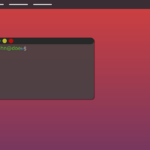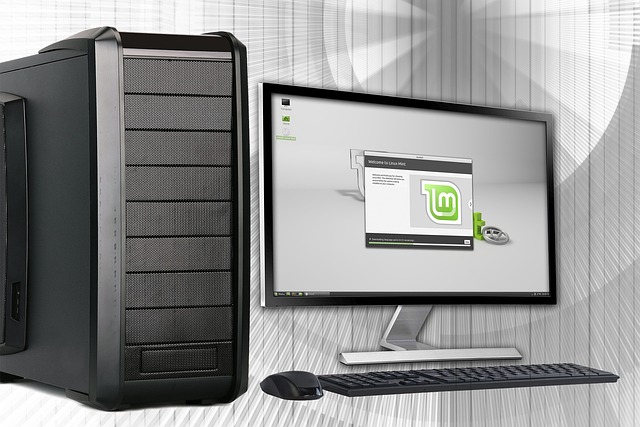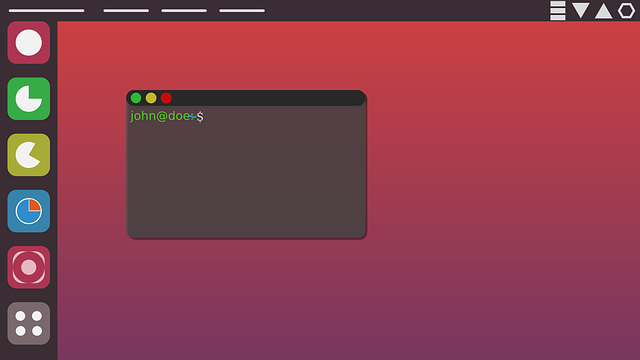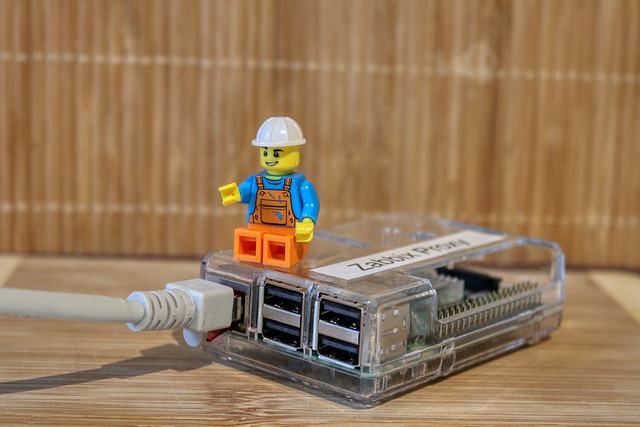Payment Processing with Linux is a highly secure option for financial transactions due to its transparent open-source platform, robust feature set, and community-driven rapid vulnerability resolution. The system's immutable kernel, extensive encryption support, and compatibility with hardware security modules offer top-notch data protection. Its scalable architecture adapts to transaction processing needs while maintaining compliance with stringent security standards. Linux's modularity and advanced security features like SELinux and AppArmor, combined with regular updates, effectively shield against system breaches and data theft, ensuring the integrity and confidentiality of financial transactions. Organizations leveraging Linux for payment systems benefit from its strong data encryption technologies, access control mechanisms, and compliance with standards such as PCI DSS through precise labeling and policy enforcement. Regular vulnerability assessments and the implementation of full-disk encryption like dm-crypt with LUKS, along with detailed logging and auditing capabilities, reinforce the security posture of Linux in payment processing environments. In today's digital economy, Linux-based infrastructures offer a secure framework for handling sensitive financial data, aligning with regulatory requirements and providing peace of mind for all parties involved in transactions.
In an era where cyber threats loom large, safeguarding sensitive financial data is paramount. This article delves into the robust security measures of Linux-based platforms, tailored for secure payment processing systems. We explore the inherent strengths of Linux that fortify sensitive data storage and discuss implementing advanced encryption protocols within such environments. Additionally, we outline best practices to ensure compliance with stringent data protection regulations, cementing Linux’s position as a pivotal player in the realm of secure payment processing with Linux.
- Leveraging Linux for Enhanced Security in Payment Processing Systems
- Key Features of Secure Sensitive Data Storage Solutions on Linux
- Implementing Robust Encryption Protocols within Linux-Based Payment Infrastructures
- Best Practices for Maintaining Compliance with Data Protection Regulations on Linux
Leveraging Linux for Enhanced Security in Payment Processing Systems

In the realm of financial transactions, security is paramount. Linux, renowned for its robust security features and stability, has become an integral component in payment processing systems. The open-source nature of Linux allows for a transparent environment where vulnerabilities can be promptly identified and addressed by a vast community of developers. This transparency, coupled with the system’s immutable kernel, ensures that each transaction is processed through a secure, hardened platform resistant to many common threats faced by proprietary systems. Moreover, Linux’s support for a wide array of encryption technologies and its ability to integrate seamlessly with various hardware security modules make it an excellent choice for handling sensitive payment data. The use of Linux in payment processing not only fortifies the infrastructure against unauthorized access but also streamlines operations through its scalable architecture, enabling businesses to adapt to evolving transaction requirements while maintaining the highest standards of security and compliance with industry regulations.
Incorporating Linux into payment processing systems is a strategic move that leverages the platform’s inherent security advantages. The modularity of Linux means that it can be customized to meet the specific needs of different businesses, from small retailers to large multinational corporations. With its state-of-the-art security mechanisms, such as SELinux and AppArmor, Linux provides an additional layer of protection against system intrusions, ensuring that sensitive financial data remains secure throughout the transaction lifecycle. Furthermore, the frequent updates and patches available for Linux ensure that vulnerabilities are mitigated promptly, reducing the window of opportunity for potential attackers. By adopting Linux for payment processing, organizations can significantly enhance their security posture, safeguard customer data, and maintain a competitive edge in an increasingly digital financial landscape.
Key Features of Secure Sensitive Data Storage Solutions on Linux

When implementing a secure platform for sensitive data storage, particularly in payment processing with Linux, robust security features are paramount. A secure sensitive data storage solution on Linux should employ a combination of encryption technologies and access control mechanisms to protect against unauthorized access and data breaches. One key feature is the use of filesystems that support extended attributes, such as eXtended Attribute and Security-enhanced Linux (SELinux) labels, which allow for fine-grained access controls beyond traditional user and group permissions. These labels enable the system to enforce policies that dictate who can read, write, or execute specific files and directories, ensuring compliance with industry standards like PCI DSS (Payment Card Industry Data Security Standard).
In addition to granular access control, these storage solutions should incorporate advanced encryption techniques. This includes full-disk encryption for the underlying hardware and encryption of sensitive data at rest within the file system. For payment processing with Linux, implementing solutions like dm-crypt in conjunction with LUKS (Linux Unified Key Setup) provides a reliable method for disk-level encryption, safeguarding all stored data from potential attackers who may gain access to the physical storage devices. Moreover, secure data storage solutions should maintain robust logging and auditing capabilities to monitor access patterns and detect any anomalies that could indicate a security incident. This proactive approach to security, combined with regular vulnerability assessments and updates, ensures that sensitive payment processing data remains protected on Linux systems.
Implementing Robust Encryption Protocols within Linux-Based Payment Infrastructures

In an era where cyber threats loom large, ensuring the security of sensitive data, particularly within payment processing systems, is paramount. Linux-based infrastructures offer a robust foundation for such critical operations due to their open-source nature and strong community support, which translates into frequent updates and patches that address potential vulnerabilities. A key aspect of securing these systems is the implementation of advanced encryption protocols. These protocols serve as a barrier against unauthorized access, safeguarding payment data by converting it into a secure format that can only be decrypted with the correct encryption keys. The deployment of these protocols within Linux environments involves the use of tools like LUKS (Linux Unified Key Setup) for disk-level encryption and TPM (Trusted Platform Module) for hardware-based security. Additionally, SSL/TLS (Secure Sockets Layer/Transport Layer Security) standards ensure secure communication channels between endpoints, making Linux-based payment processing with Linux a formidable solution against data breaches. The integration of these encryption measures not only adheres to compliance requirements set by entities like the Payment Card Industry Data Security Standard (PCI DSS) but also instills confidence in customers and stakeholders that their financial transactions are handled responsibly and securely. As such, Linux’s flexibility and capacity to incorporate cutting-edge security technologies make it an ideal choice for organizations seeking to establish a secure platform for sensitive data storage within payment processing infrastructures.
Best Practices for Maintaining Compliance with Data Protection Regulations on Linux
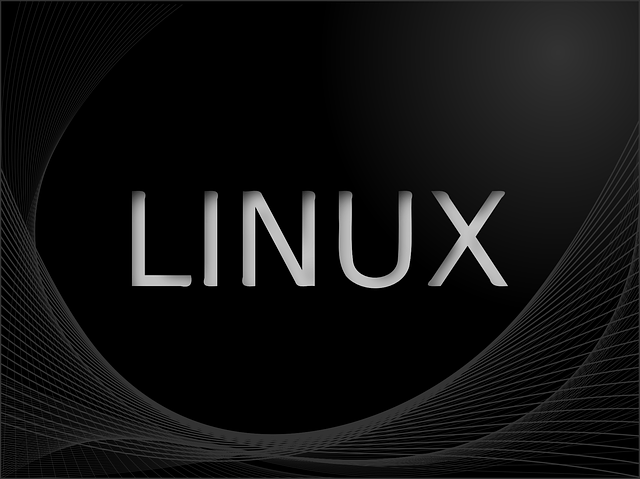
Maintaining compliance with data protection regulations is paramount for organizations handling sensitive data, particularly in environments like Linux-based payment processing systems where financial transactions occur. To ensure robust security measures are in place, it’s essential to follow best practices that align with relevant standards such as the Payment Card Industry Data Security Standard (PCI DSS). Implementing file system encryption, especially for directories containing sensitive data, is a critical step. Utilizing tools like dm-crypt and LUKS can secure the integrity and confidentiality of stored data. Regularly updating the system with the latest security patches is another non-negotiable practice, as it mitigates vulnerabilities that could be exploited by malicious actors. Access controls must be meticulously managed, ensuring that only authorized personnel have permissions to access sensitive data. This includes enforcing strong authentication mechanisms and employing role-based access control (RBAC) where appropriate. Additionally, maintaining strict log management policies and conducting frequent security audits can help detect anomalies or unauthorized activities. Regularly reviewing and testing disaster recovery plans and implementing intrusion detection systems (IDS) are also vital for safeguarding the data against both physical and cyber threats. For payment processing with Linux, adhering to these best practices not only ensures compliance but also builds trust among customers, thereby fortifying the organization’s reputation in the financial sector. Organizations must stay abreast of the evolving landscape of data protection regulations and continuously adapt their strategies to meet these demands.
In conclusion, the adoption of a secure platform for sensitive data storage within payment processing systems is not just a preference but a necessity in today’s digital landscape. Leveraging Linux for its enhanced security features provides a solid foundation for safeguarding financial transactions. The integration of robust encryption protocols within Linux-based payment infrastructures further fortifies the protection of sensitive customer data, ensuring compliance with stringent data protection regulations. By adhering to best practices and continuously updating security measures, businesses can rely on Linux to deliver a resilient and compliant solution for payment processing with Linux, thereby maintaining trust and upholding the integrity of financial operations.



